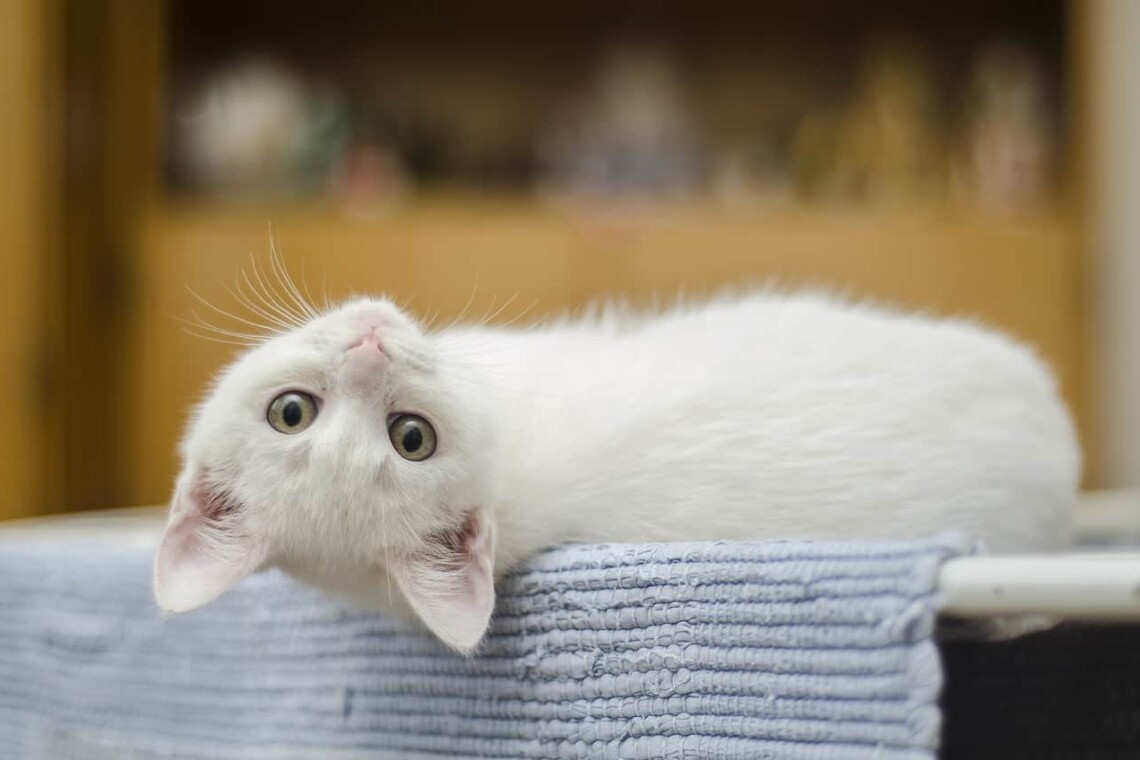Can I bring my own pet when house sitting?
- May 9, 2024
- House Sitters, Pets
One of the questions we often hear is, “Can I bring my own pet when house sitting?” As fellow pet… Read More

Cats are one of the most popular pets in the world. They are highly adaptable, and can fit into many different lifestyles. Unfortunately, they can also be pretty naughty sometimes and it can be problematic if your cat starts getting on tabletops, scratching counters or climbing on furniture. Cats tend to stop misbehaving when you take countermeasures against their actions. Some of these tactics include making sure their needs are met, and avoiding negative attention.
There are many reasons why it is important to fix bad cat behavior as soon as it starts. The first and most obvious reason is that a cat with bad behavior can become a nuisance to the owner and their family. For example, they may urinate on the carpet or scratch furniture. This can lead to a lot of stress for cat owners, which in turn leads to more bad behavior in the cat. Another reason why it is important to fix bad cat behavior as soon as it’s evident is that it may get worse with time. You also don’t want your house sitter having to deal with these issues either.
Cats are great companions and pets, but they can also be destructive. Cats can scratch furniture, meow excessively, and even urinate outside of their litter box.
Scratching: The best way to stop a cat from scratching is to give them something else to scratch that is more appropriate. This will let them know that the furniture is not an appropriate place to scratch.
Meowing: The best way to stop a cat from meowing excessively is by giving them plenty of attention and affection. Cats meow when they want attention or they are lonely. If you give your cat plenty of attention, it won’t feel the need to meow all day long in order get your attention.
Urinating: The best way to stop a cat from urinating outside of their litter box is by changing their litter box routine or location if necessary or by taking them to the vet if there’s another medical issue that needs addressing.
1. Determine the cat’s bad behavior.
2. Determine the reason for the bad behavior.
3. Determine how to correct it or prevent it from happening again.
4. Provide a plan for how to correct the cat’s bad behavior and reward them when they follow your plan.
5. Monitor and adjust as needed
This type of punishment accurately corrects a cat with no need for in-person intervention. This is called a remote correction, and it relies on environmental consequences to successfully discipline a pet. Removing you as the bad guy and making it easier to repeat an unpleasant experience are benefits of using remote correction. Cats avoid doing something by having done it before and experiencing negative results. To combat unwanted behavior, unpleasant textures, tastes, smells or sounds can be employed to trap off-limits areas or interrupt undesired actions.
Some examples of these negative stimuli include prickly sensations, foul odors and painful stimuli. Cats detest walking on surfaces coated with heavy-duty plastic or carpet runners covered in aluminum foil. Substitute these materials for the knubby side up. Alternatively, use paper strewn with adhesive to create a sticky surface to stay out of their path.
Cats detest the smell of solid air fresheners, perfumes, eucalyptus oil and aloe. Any of these scents can be added to cotton balls or other soaked fabric and strategically placed in high-traffic areas.
If your cat likes to chew on certain items, applying bitter apple or citrus-based mouthwash to the affected area can discourage them from chewing. Also try applying cayenne pepper or aloe gel to the spot. The taste will associate the bad taste with the item and make them stop chewing.
When you notice your cat about to engage in an unwanted behavior, such as scratching or digging, shake a can of food and make a loud noise. For example, use a can opener or a can of cold soda to make the noise. Alternatively, use a whistle or a fog horn to startle your cat. If you are not around when your cat starts this behavior, consider setting up a motion-activated sensor, placing a mousetrap in a paper bag, or stacking empty soda cans that topple when disturbed. These events are primarily designed to startle your cat and not terrify him. However, this might not be the best option if you have a very sensitive cat.